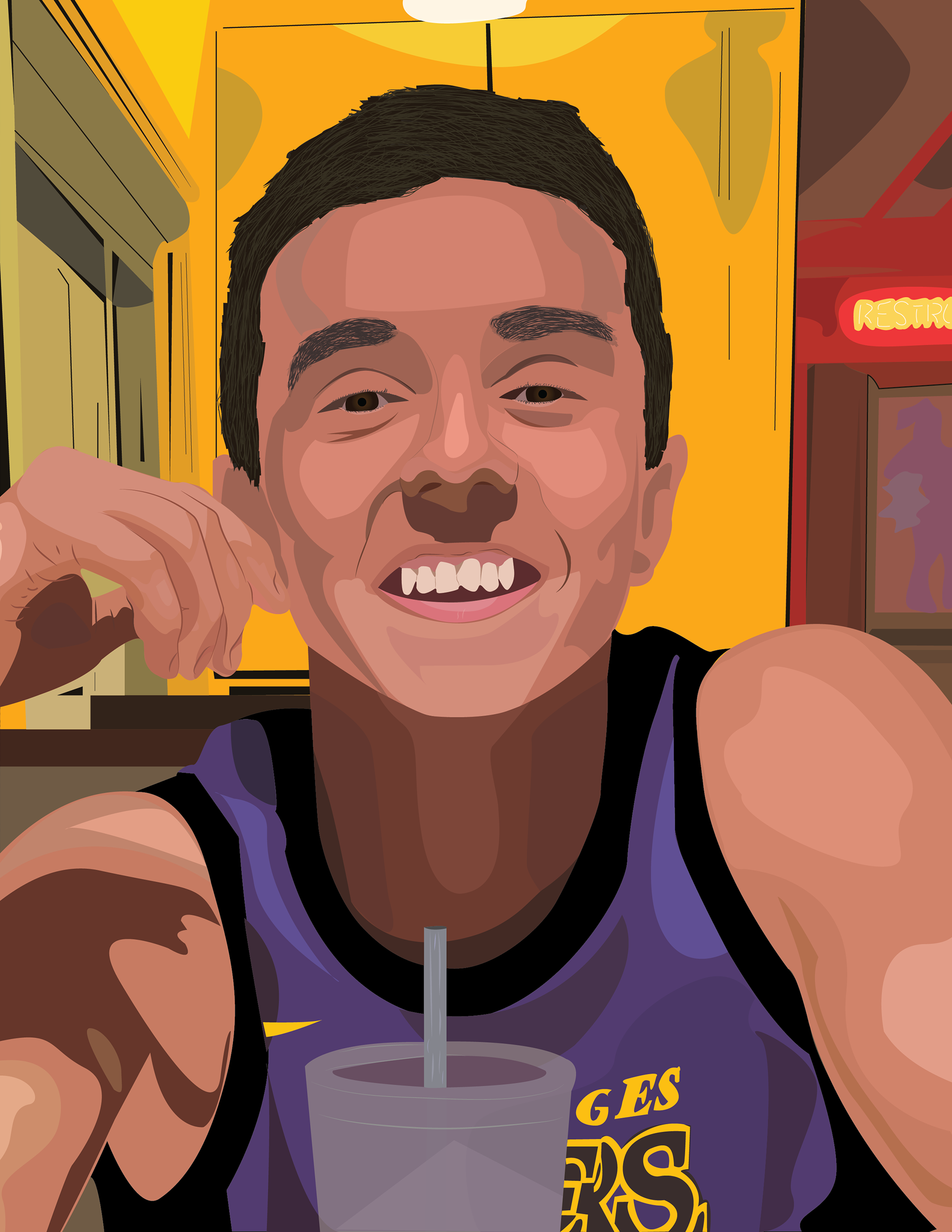Portfolio Guide
An online portfolio allows you to showcase who you are and what you’re capable of. Whether you’re a freelancer looking to impress potential clients, highlighting your creative abilities to employers, growing your personal brand, or boosting your online presence, a polished portfolio site will help you shine! Note the difference between a resume and a cover letter.
Why Create a Portfolio?
It’s more than a collection of your work—it’s a powerful tool that:
- Demonstrates your skills and abilities
- Provides tangible proof of your experience
- Tells your story in a professional, cohesive way
- Helps you stand out to employers, clients, and collaborators
What to Include
Get Started
Pro Tips
- Keep it clean: Use simple layouts and consistent fonts/ colors
- Keep it updated: Replace older work with new and relevant projects
- Keep it focused: Highlight your best work and what you’re most proud of.
- Showcase Your Creativity
- Make sure your portfolio is MOBILE-FRIENDLY- do NOT try to code your website from scratch.
Choosing the Right Portfolio Platform
Your portfolio platform should fit your goals, your medium, and your budget. Use this guide to explore popular tools—whether free, paid, or a mix of both—and find the best option to showcase your work and build your personal brand.
Key:
- Free = No Symbol
- $ = has free tier, but premium features or custom domain require payment
- $$ = mostly paid or best features behind a paywall
- Included = free with another paid subscription (like Adobe Creative Cloud)
Alumni Examples
Broadcast Journalism
Advertising
Junior Portfolios
Well-crafted freshman portfolios created with Adobe Portfolio, available to all UM students through their Creative Cloud subscription.
Strategy Portfolios
Portfolios that highlight strategic thinking, brand planning, and campaign development by Advertising students.
Portfolio of the Year Winners
Awarded annually to standout portfolios created by graduating Advertising seniors at the School of Communication.
Interactive & Immersive Media

















